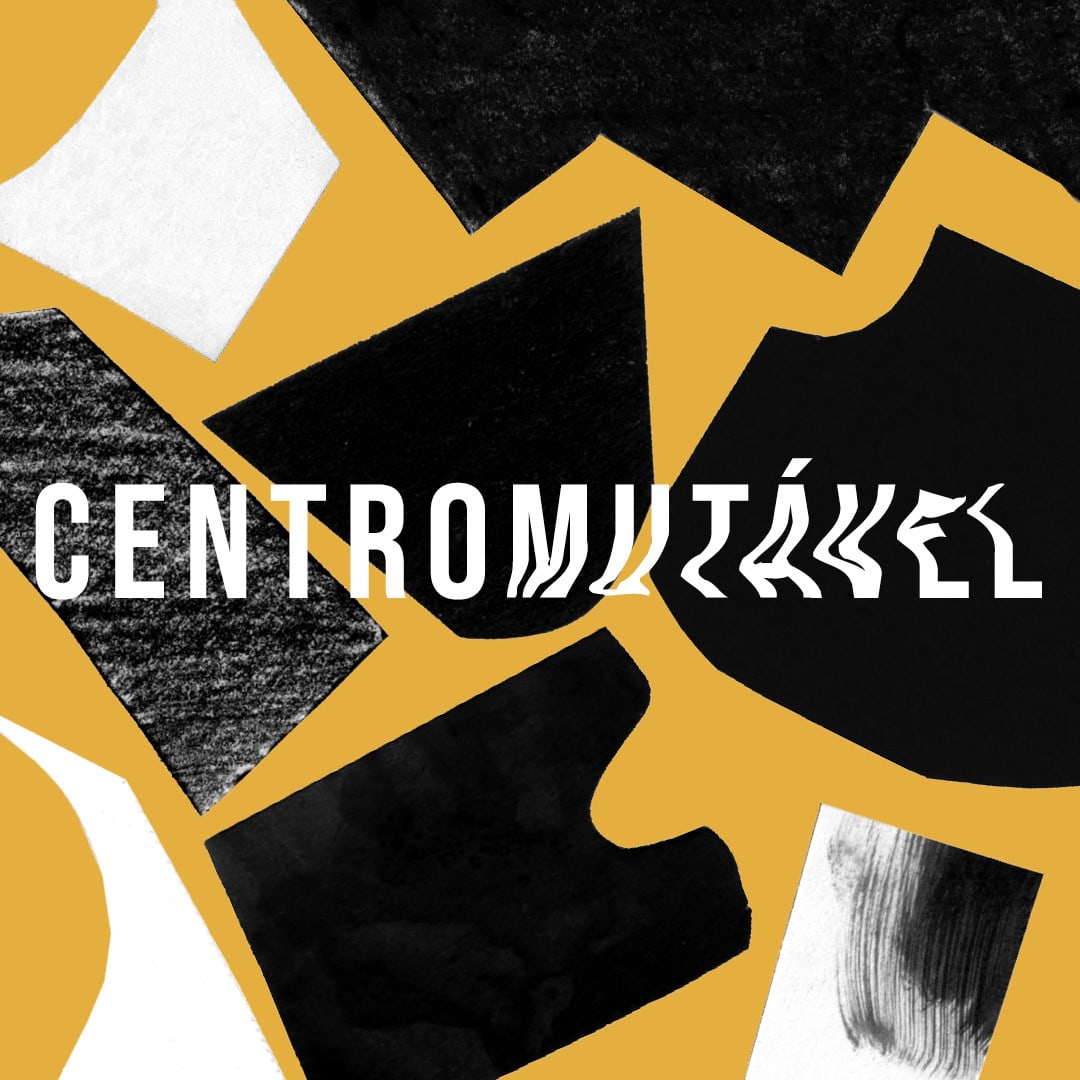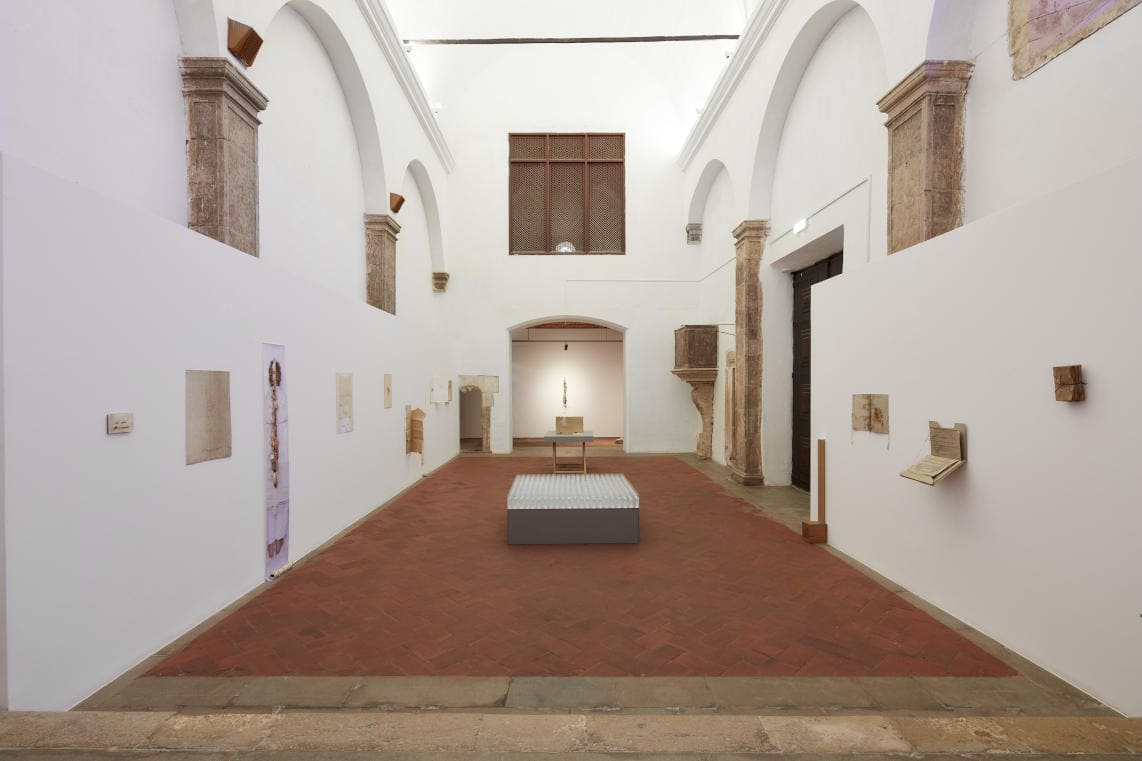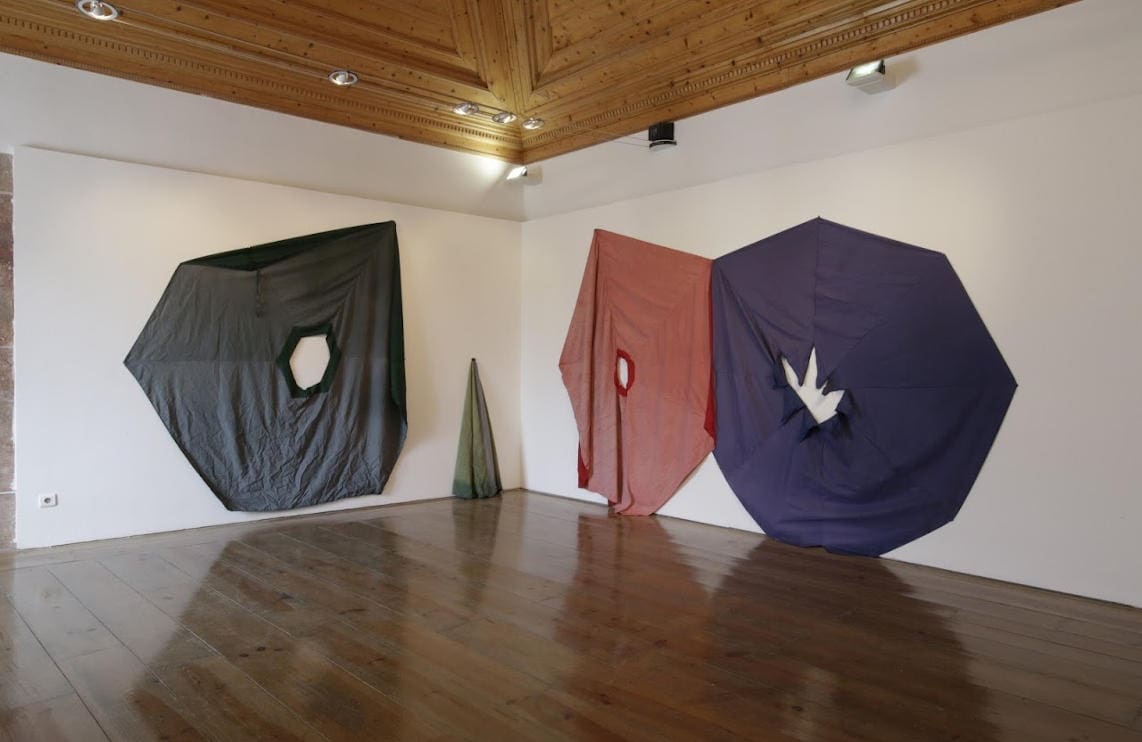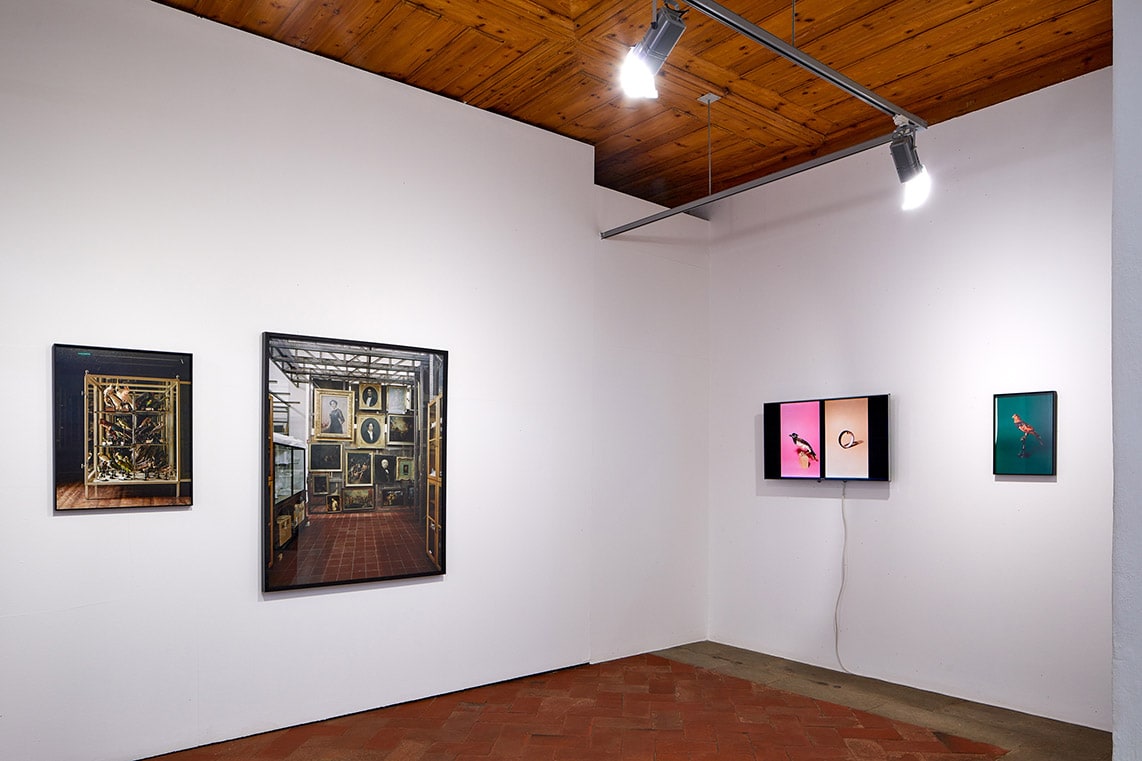In A Interminável Tarefa Taxonómica, João Paulo Serafim (Paris, 1974) calls the «other side». The photographs taken between 2009 and the present moment, found in the archives of different museums and institutions, are a reflection on the practice and processes of memory construction. By registering the «world of the archives», the image knocks down the walls of the exhibition room and reveals the body hidden under that skin.
The disclosure of the reserves, normally closed to public, allows us to read the processes and choices that determine the narratives of the exhibitions and their influence on our world perception. In such exercise of visibility and concealment, João Paulo Serafim opts to reveal the seams or the internal mechanisms. These, like a great narrative apparatus, establish the movement of the construction of the real.
The reflection on museums, in the aggregation of curiosities or elements with artistic and heritage value, and in the preservation of memory and the definition of identity, confronts us with a premonition that, in the limit, may lead to the destruction of species.
The entire exhibition follows a practice of conservation, classification and selection that foresaw the destruction of species. In Extinct Birds, an HD video from 2019, we see bird species that are extinct, endangered, vulnerable, threatened. A frightening relationship between images, percentages, and examples of the way of life of contemporary societies contributing to their demise.
During the video, the tape and the emergency tape underline the danger and the catastrophe.
This piece occupies the first room, which is articulated with two other easily mappable nuclei. In the first, we note the concern with human action on the natural; in the second nucleus of photographs, there is a reflection on the phenomena of museography. On the one hand, the placement of the images responds to a concern with rhythm, the breathing of the pieces and gravity; on the other, to the idea of accumulation and an approximation to the Cabinets of Curiosities where collections of various kinds were mixed.
The construction of collective memory, concerning the pieces A Certain Idea of a Natural History [Peacock], Imagem-objecto #4 and Blue Peacock, is equated as an individual element.
The peacock depicted behind a pile of overlapping materials (the wood, newspapers, Styrofoam plates resemble a pulpit) is presented as an abstraction in the graphic image of a cardboard box with boxcutter blades. The geometry and the gradation of colours refer to the central composition of the photograph and the colours of the feathers. In Blue Peacock, the process is taken to the limit. There are only the predominant colours of the peacock, reproduced on gelatine slides, which are attached to the photograph.
The process of memory has a physical side in these pieces, since one can understand these projections as the result of a memory effort. When we try to remember a peacock, what images can we retrieve?
The projected colours are like our blurred memory. Patches composed by colour, without clear-cut borders, which we keep as the sediments of an experienced reality.
These three pieces, which are a correlation of forces and meanings, occupy the church altar of the former convent. With them, João Paulo Serafim acts upon the place, dematerialising the space with the projection of a ready-made object and establishing a bridge to an allegory. The purification, spirituality and illumination symbolised by the peacock in the Christian tradition.
Interminável Tarefa Taxonómica shows the ingenuity and practicum that allows the construction of history and memory.
By showing objects that hide behind their exhibition function – an example is Empty Glass, a vitrine photographed in 2015 –, we are placed before processes of manufacturing «certain ideals of natural history» or the «invention of memory».
João Paulo Serafim’s photography is a hand that pulls us into the fable-like realm of ideas and the memory we have of ourselves and the world.
The exhibition is part of the contemporary art cycle Eklektikós, a partnership between Artadentro and Museu Municipal de Faro.
Until May 30.




